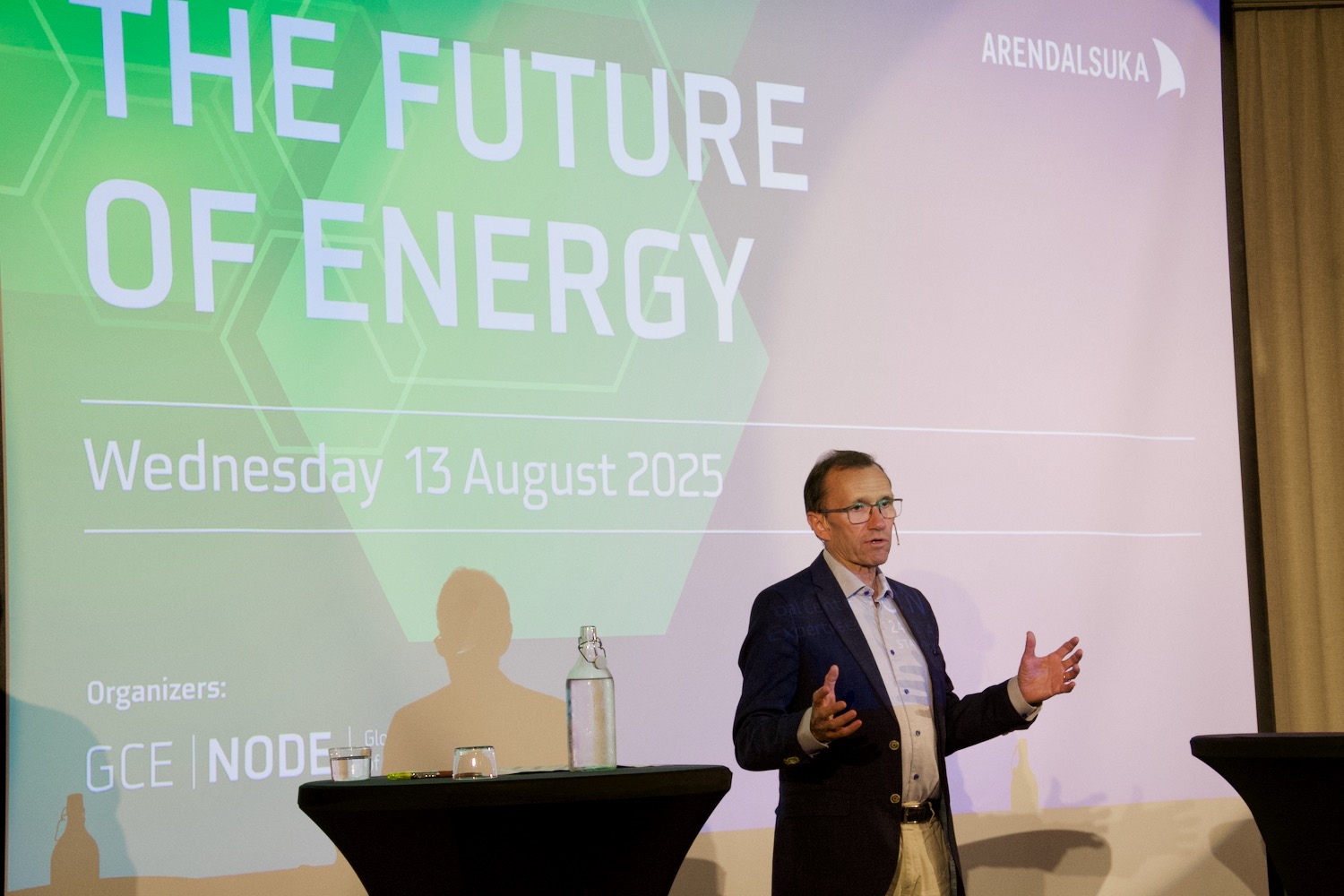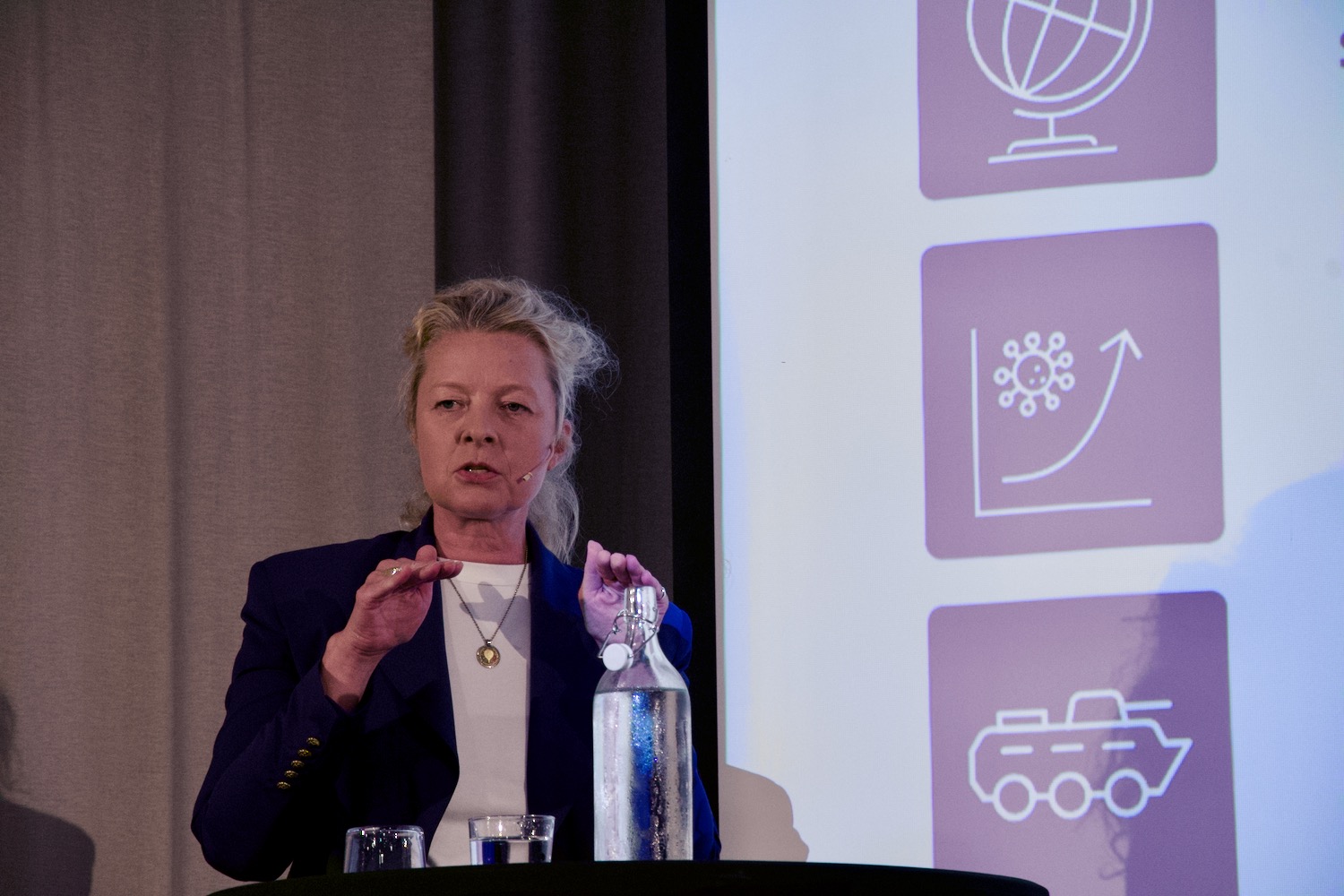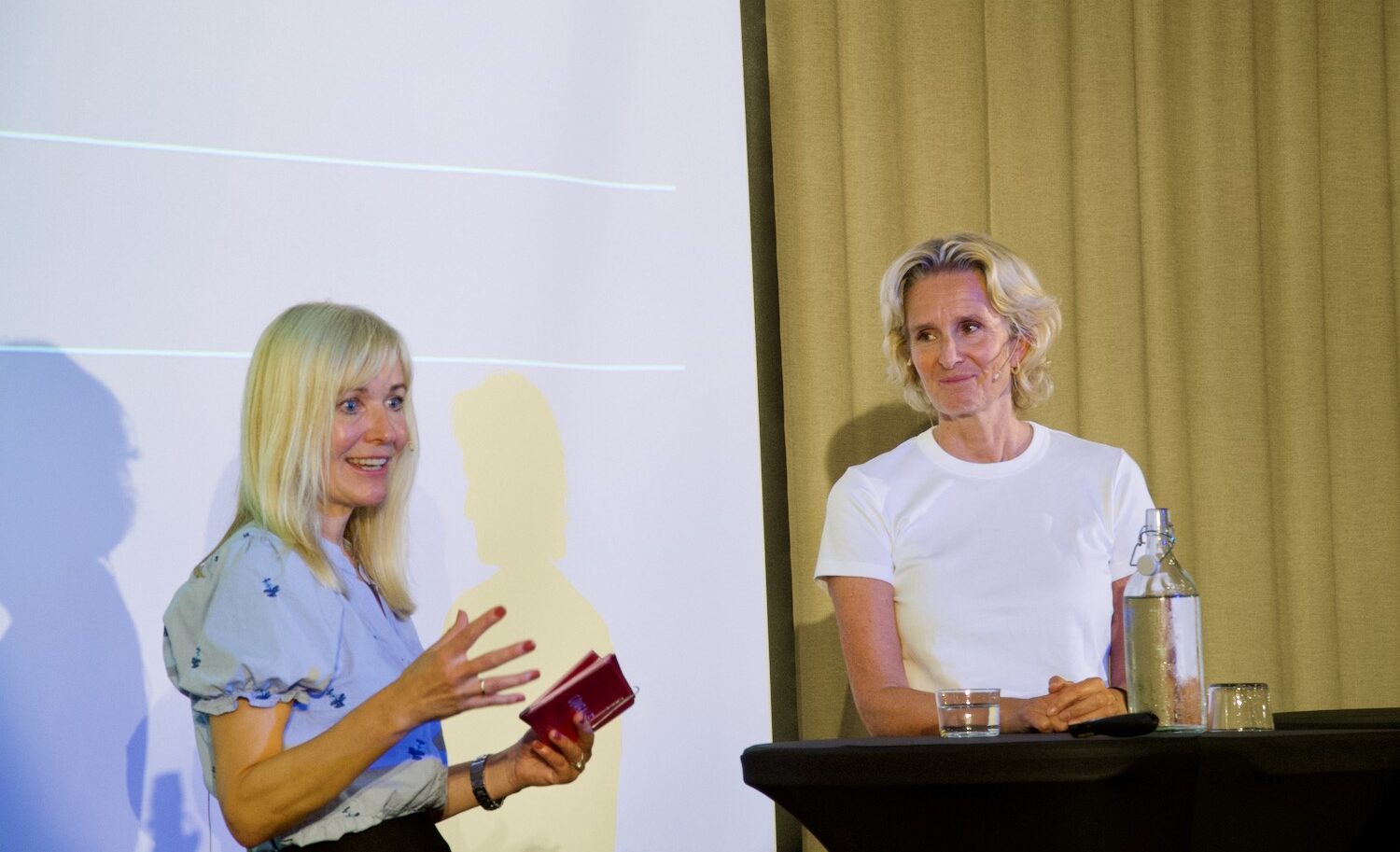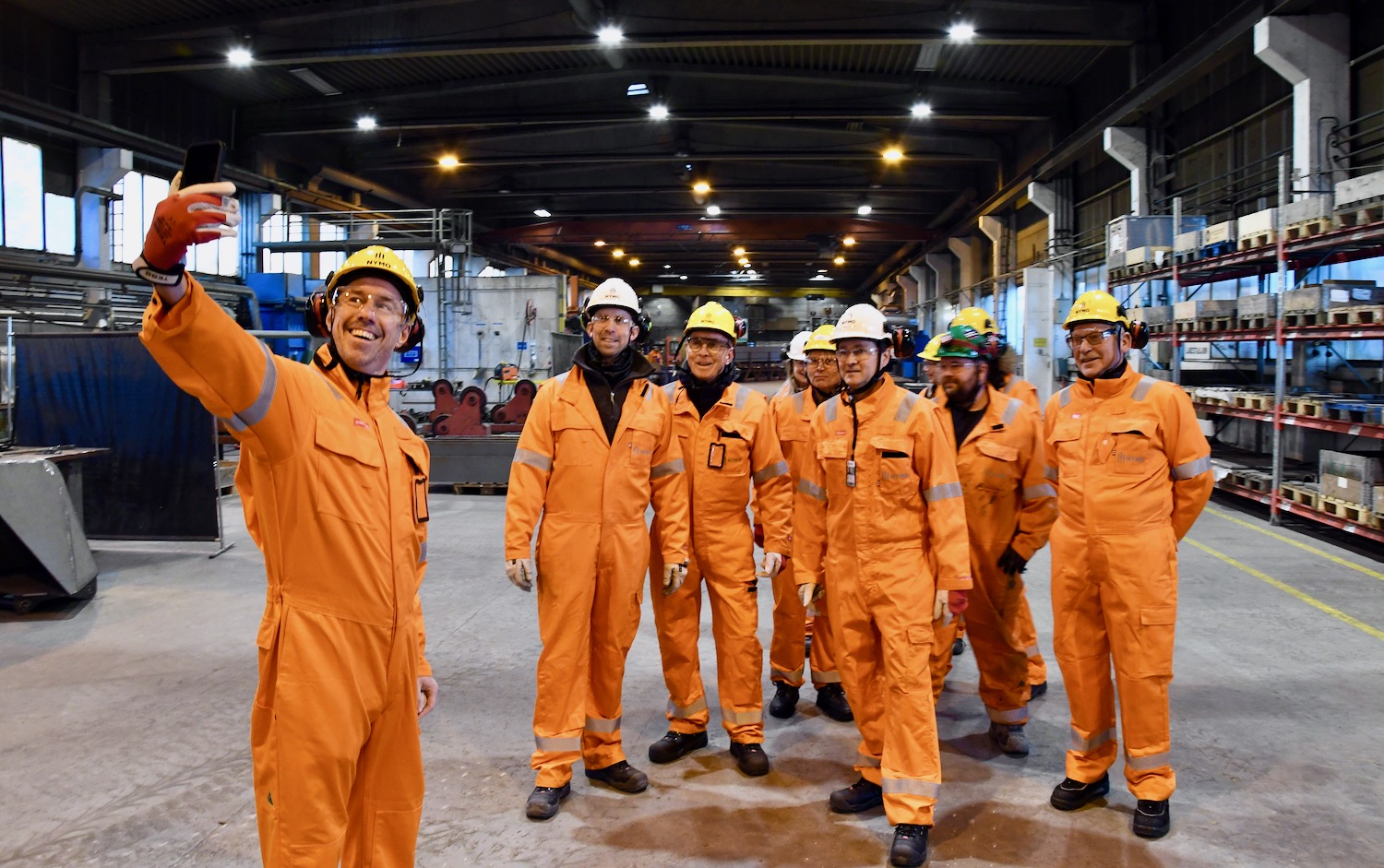“Growth in renewables has been amazing in North-Western Europe and in China, but right now growth is stalling. The same goes for Brazil, they do not expect more renewable investments before 2030,” said Irene Rummelhoff, EVP Marketing, Midstream & Processing at Equinor – and a keynote speaker at The Future of Energy in Arendal this week.
“Due to high penetration of solar and wind, power markets have longer periods with negative prices. When you add inflation and rising costs, renewables look much more complicated and challenging than just a few years ago,” said Rummelhoff.
This is why Equinor has backtracked somewhat on their renewable ambition.
“We have not changed our long-term view about the renewable sector, but the energy transition is taking longer than we anticipated. Some political priorities are slowing down the energy transition, so we have found a more realistic pace,” said Rummelhoff.
Equinor has also reconsidered country risk.
“We used to think about risk in countries like Angola and Brazil, but those risks never materialized. Instead, we have seen Trump stop our offshore wind project in the US, the UK increased taxes, and Norway was just one vote away from stopping the electrification at Hammerfest, a project which was 40 per cent into the investment phase. So, we are rethinking country risk, and seeking to sign more long-term contracts with countries, contracts that cannot be reversed by a new government,” said Rummelhoff.

POWER DEFICIT BY END OF DECADE
Sverre Alvik, Vice president and Energy Transition Director at DNV, took the stage and warned that Norway is heading towards a power deficit at the end of this decade. Or as a minimum, Norway will have a very tight supply and demand balance, according to DNV.
“We expect 5 TWh of new power production in the form of solar, hydropower and maybe a little onshore wind. Only when offshore wind farm Sørlige Nordsjø II enters the market in 2031 or 2032, we will see significant addition to the power system,” said Alvik.
On the consumption side, DNV expects 20 TWh of new consumption in the form of electric vehicle charging, oil and gas electrification, new industry needs, and data centers. According to DNV, there are 58 data centers in Norway, of which 4 are for crypto mining. Today, data centers consume 1.6 TWh, equal to one per cent of Norway’s total consumption. This is expected to grow significantly, but availability is a limiting factor.
“We already say no to new green opportunities since we do not have power or capacity – or we have power and capacity in the wrong places,” said Alvik.
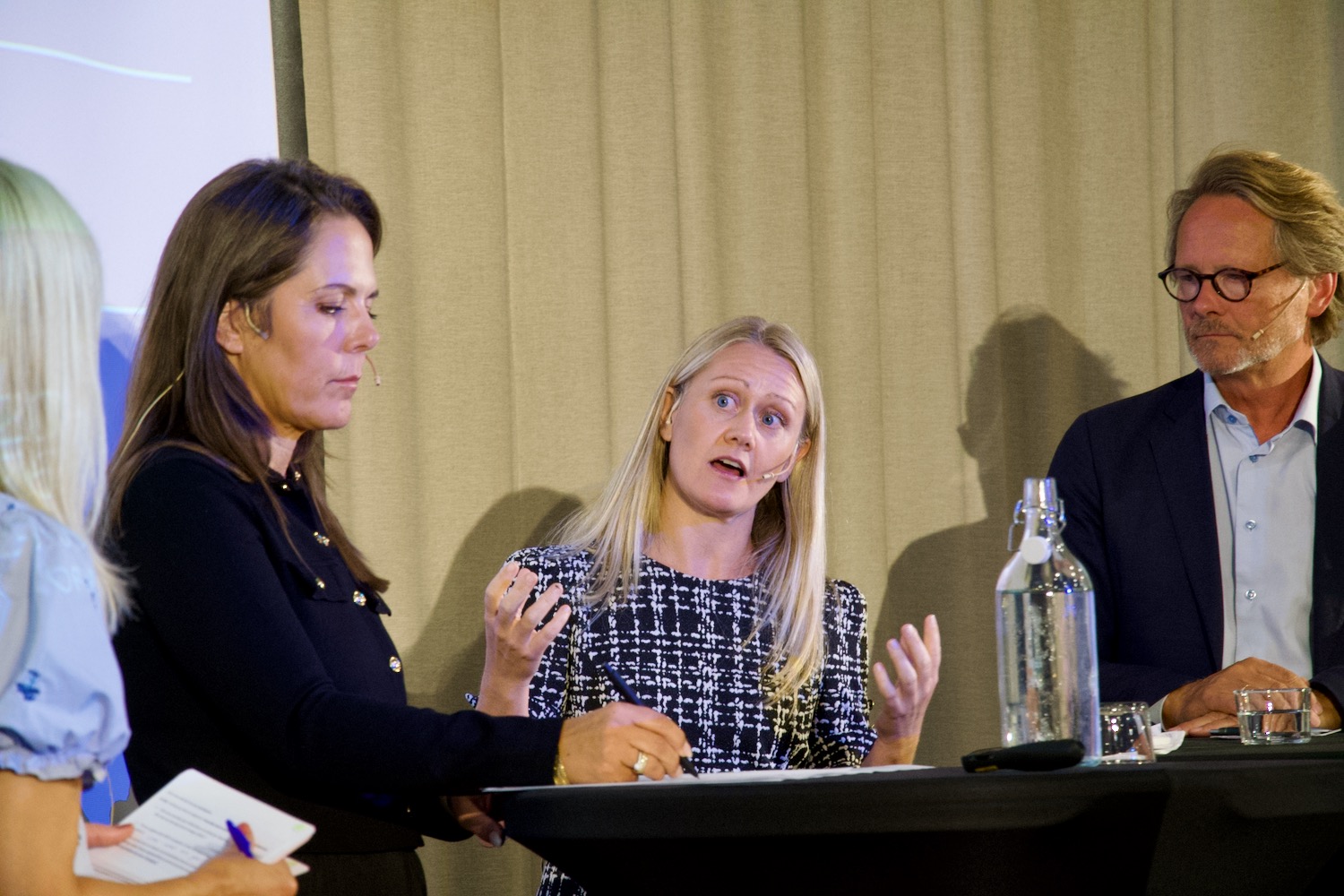
TOUGH DECISIONS AHEAD
How to prioritize a limited supply of energy to a growing demand side, is a huge challenge for Norwegian politicians.
“If we are at a point where we must prioritize, we have already failed or are about to fail. If companies come to Norway and we don’t have the power, we lose jobs and investments. We need to do more of everything,” said Lene Westgaard-Halle (Conservative Party), Member of the Standing Committee on Business and Industry at the Norwegian Parliament.
Astrid Bergmål (Labour Party), State Secretary at Norwegian Ministry of Energy, agreed that discussing which industries should be prioritized, is difficult.
“It is a scary debate. We should try to avoid that by producing more power,” said Bergmål.
Anders Hannevik, Senior Vice President, Strategic Business Development at Aker Solutions urged all parties to find a common way forward.
“Norway should have an energy policy that is stable and supported by a broad base of political parties,” said Hannevik.
